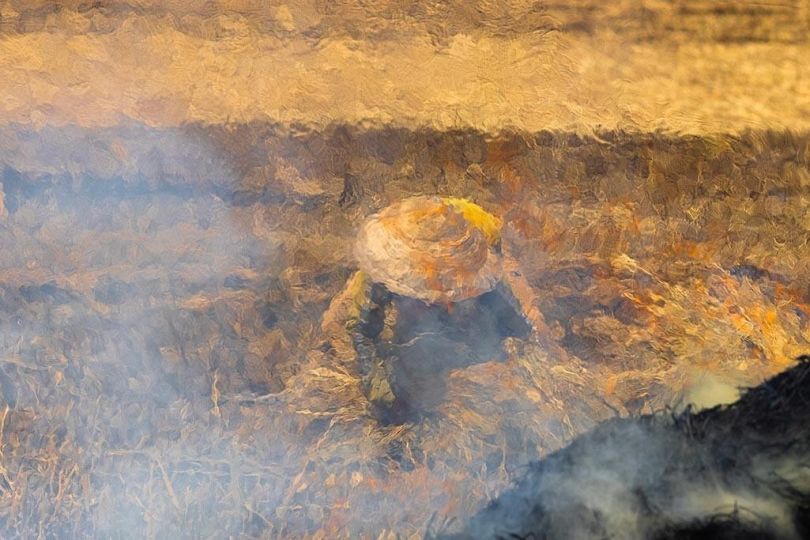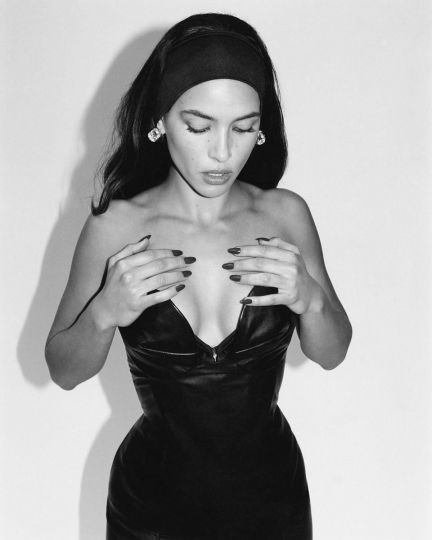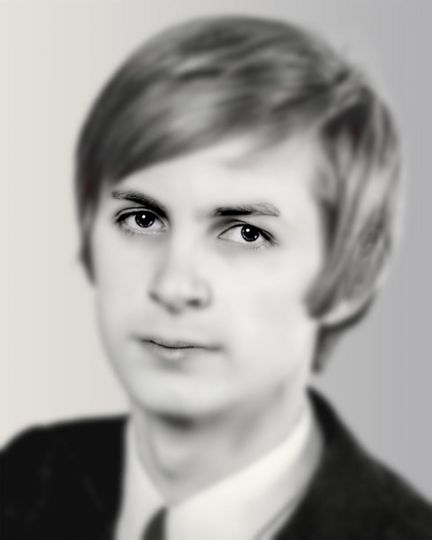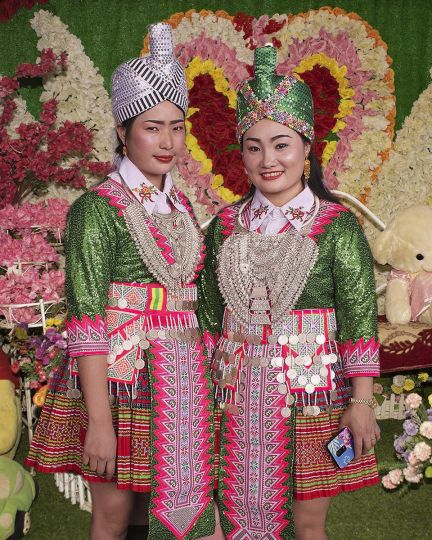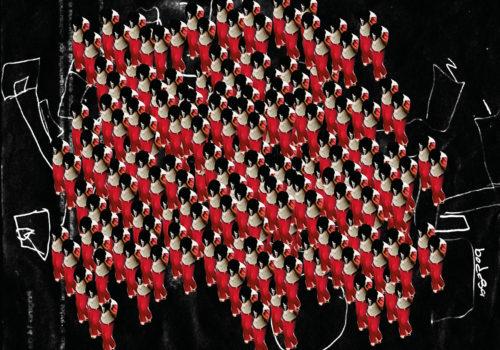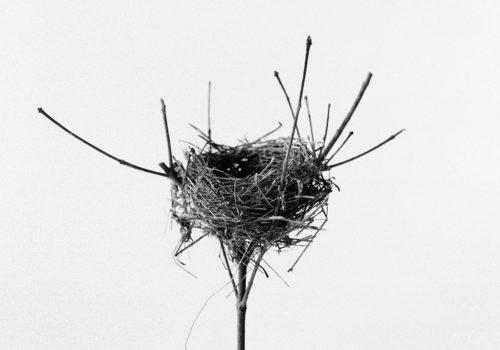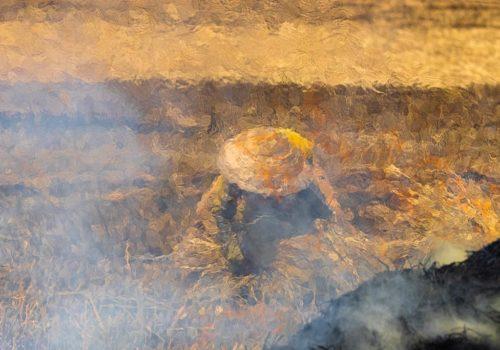The Arthur Rimbaud Museum in Charleville-Mézières houses treasures that afford a glimpse of a lesser known side of Arthur Rimbaud: a poet, traveler, adventurer, smuggler, he was also a photographer. The museum possesses among its collections six of the seven photographs taken by Arthur Rimbaud: two self-portraits he mailed to his mother on May 6, 1883—“Inclosed are two photographs of me which I took” —a view of the Harar market place in Ethiopia, a picture of the dome in Cheikh-Ubader, a portrait of a daboulas maker at the phantom hour, and a portrait of Sotiro, Rimbaud’s associate at his workplace in Harar. These last four pictures were sent to Rimbaud’s employer Alfred Bardey.
The circumstances in which the photographs were taken are quite mysterious. Starting in 1882, Rimbaud became fascinated with the new technology. He ordered a camera in Lyon in order to illustrate a book on “Harar and the Gallas country,” a camera he received only in early 1883. He also ordered specialized books and photo processing equipment. The planned scientific publication was never realized, and the six photographs are the only trace of Rimbaud’s activity; they should be supplemented with a self-portrait preserved today at the Bibliothèque Nationale de France.
The prints, developed 1883, are among the poet’s first forays in photography, as indicated in a letter dated May 6, 1883: “I am not yet well established, nor aware of things. But I will be soon, and I will send you some interesting things. . . . I am going to work better in the future. . . .” As soon the equipment arrived, Rimbaud set to work, applying the technical advice culled in manuals and eager to turn a profit from his purchases: “Here everyone wants to be photographed. They even offer one guinea a photograph,” he added in his letter. So there must have been other photographs, but any trace of them is lost, raising doubts about the degree of Rimbaud’s engagement with photography.
His self-portraits, even while showing Rimbaud as an adult, hardly provide all the answers. In none of the self-portraits is his face clearly recognizable.The poet can be identified, however, thanks to his letter of May 6, 1883: “One of these photographs shows me standing on a terrace of the house ; another, standing in a café garden; another, with my arms crossed in a banana garden.” Although the images are meant to faithfully represent reality, the man himself remains out of reach.
To further defy the expectations, these photographs are destined to disappear. The were developed in “filthy water” such that everything “has turned white,” a process which, unfortunately, slow as it is, cannot be stopped. The photographs will continue to fade until the images are all gone. They are as fleeting as the man with the soles of wind.
These extremely fragile and precious images are rotated on display in the manuscript room at the Arthur Rimbaud Museum. The room is climate-controlled and the light is dimmed, revealing the sole images of Rimbaud’s life in an intimate setting, allowing visitors to give free reign to their imagination to unlock the secrets of these rare photographs.
Lucille Pennel, Director of the Arthur Rimbaud Museum, Charleville-Mézières
Musée Arthur Rimbaud
Quai Arthur Rimbaud
08000 Charleville-Mézières
France



